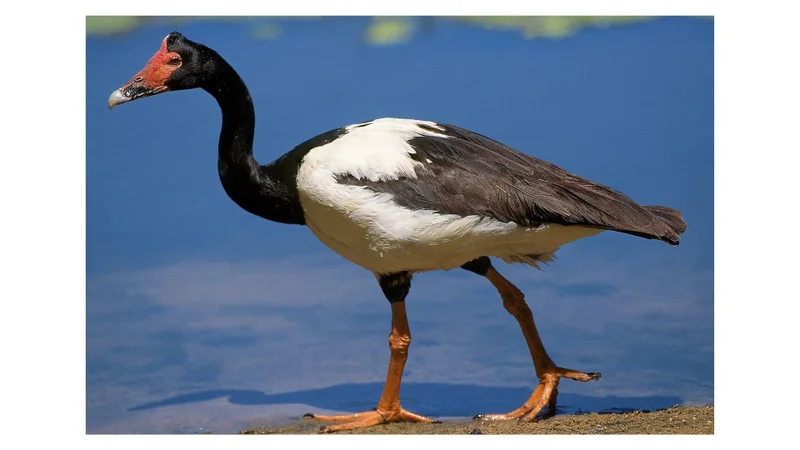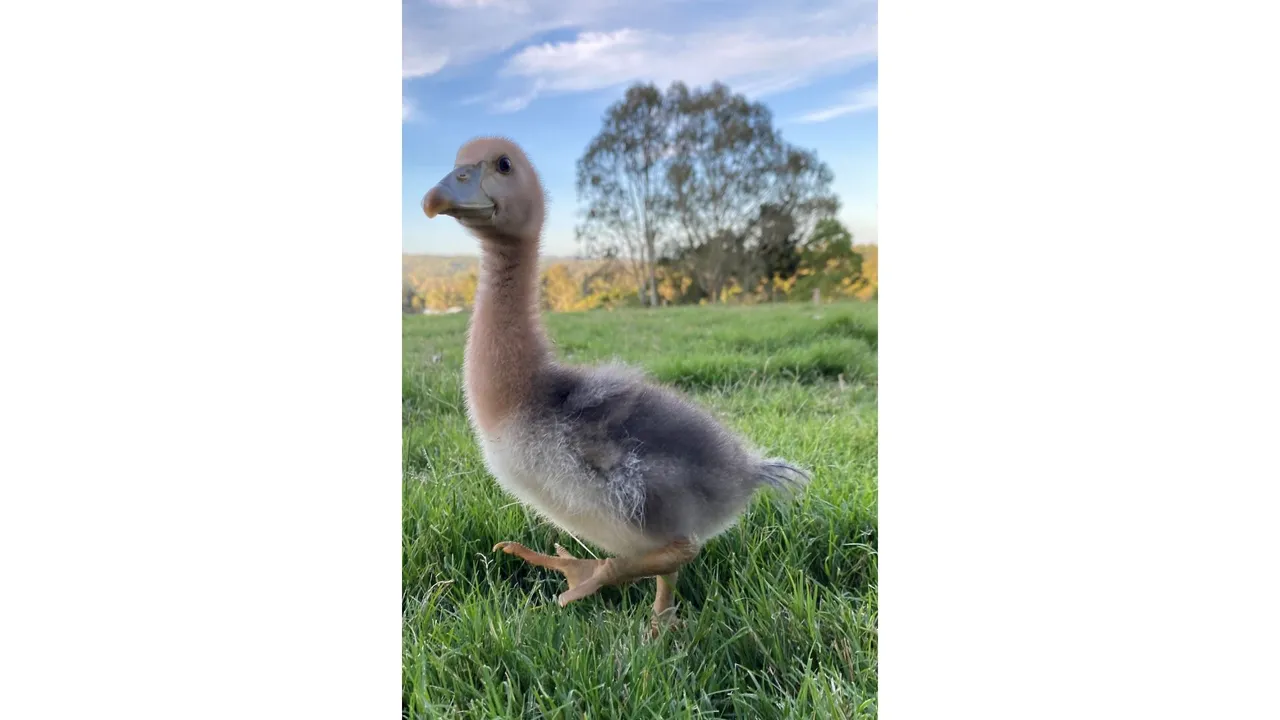Is it a magpie or a goose?
Find out more about this water bird with an unusual name.

Is it a Magpie? Is it a Goose? No...it's a Magpie Goose!
And even though their name has the word magpie in it, Magpie Geese are not related to our famous Australian Magpies.
The Magpie Goose is a large black and white waterbird with orange feet and legs. It has a characteristic bump on its head, which is larger on males and gets bigger as they age.
These geese sleep in trees
As opposed to most other waterbirds, Magpie Geese have partially webbed feet with claws and a strong hind toe, making them the only goose in the world being able to sleep in trees!
Living close to food and water
Magpie Geese like to live in well-vegetated freshwater wetlands where they feed on aquatic plants, as well as other vegetation such as grass seeds, bulbs and wild rice. These birds are not truly migratory and tend to follow food and water availability.
Here on the Sunshine Coast, they can generally be seen year-round but more so in summer and during the breeding season, which peaks from about January until April, depending on rainfall.
It takes three to raise a family
During the breeding season, most Magpie Geese will form a trio of two females and one lucky male, with the two females laying their eggs in the same nest and the three adults sharing the incubation and rearing of the goslings.
Hatchlings mainly eat wild rice seeds, which allows them to grow exponentially in very little time. In fact, during the first seven weeks of their life, young Magpie Geese can multiply their weight by 20 times.
If we compare that to a human baby, this means that a 3kg baby at birth would weigh 60kgs at 7 weeks old! Crazy, right?!

Call of the Magpie Geese
If you are lucky enough to visit a wetland or a swamp and see a flock of Magpie Geese, you will be greeted by the deep and powerful honks of the birds resonating in the air. If you would like to see Magpie Geese in one of Sunshine Coast Council's environment reserves, grab a pair of binoculars and head out to the Parklakes Wetlands or Maroochy Wetlands Sanctuary in Bli Bli.
You may even be able to spot them with their young at this time of the year!
Magpie Geese are not currently of conservation concern, however their home is under pressure from factors such as habitat loss and modification, as well as climate change and sea level rise, which means that they could be at risk in the future.
How you can help our wetlands
- avoid using chemicals (fertilisers, insecticide) in your garden, and try switching to organic alternatives such as animal manure to help your plants grow
- conserve water by turning the tap off when not needed, or harvesting rainwater if you can
- reduce your plastic usage and recycle as much as you can.
Love where we live and co-exist with nature in our wildlife friendly biosphere with these tips
- stay on the designated walkway and out of the dunes and bush
- keep your dogs on a lead and pick up after them
- bin your rubbish to keep our beautiful Sunshine Coast clean and litter free.